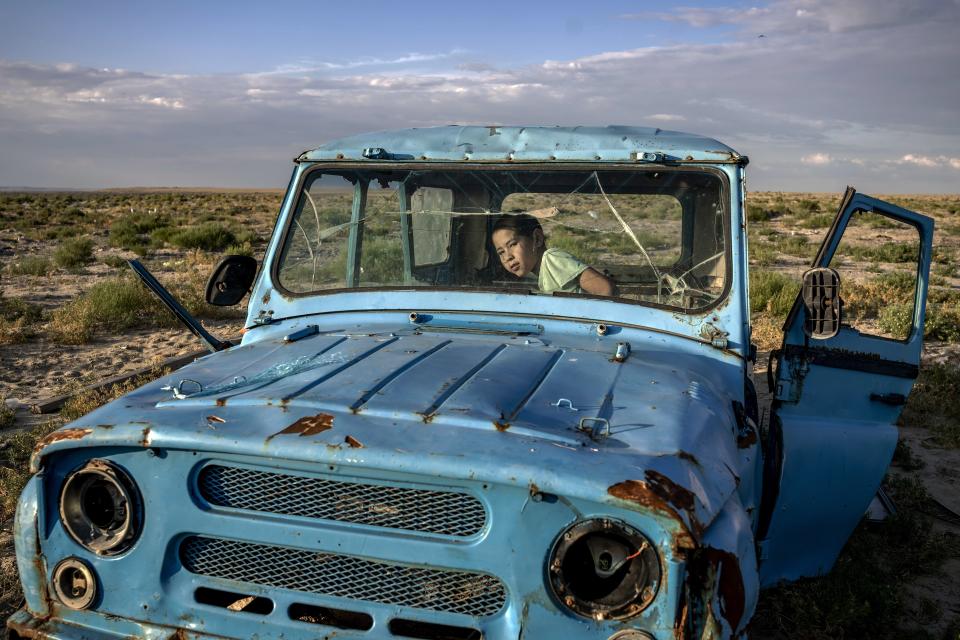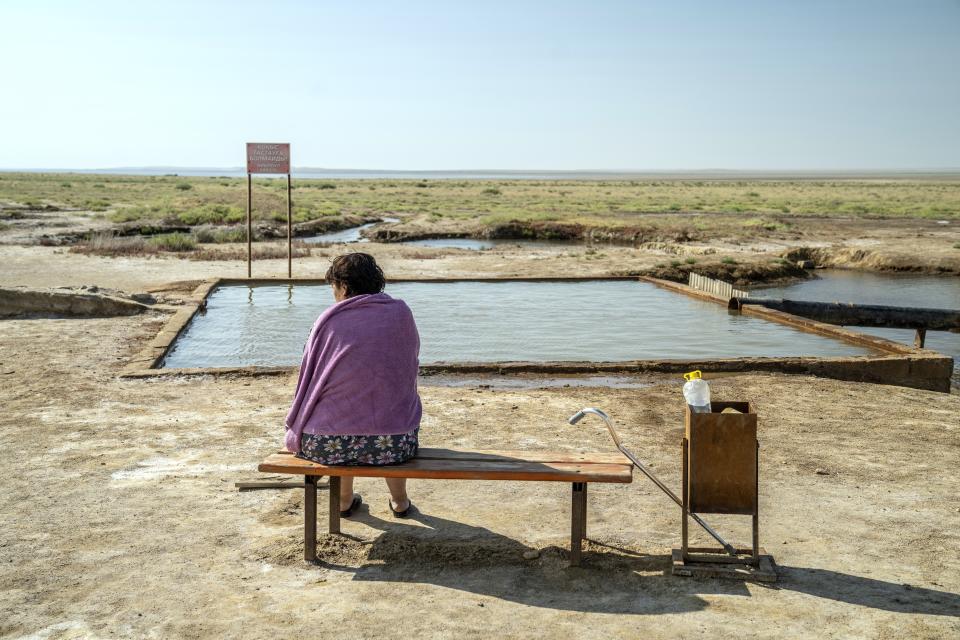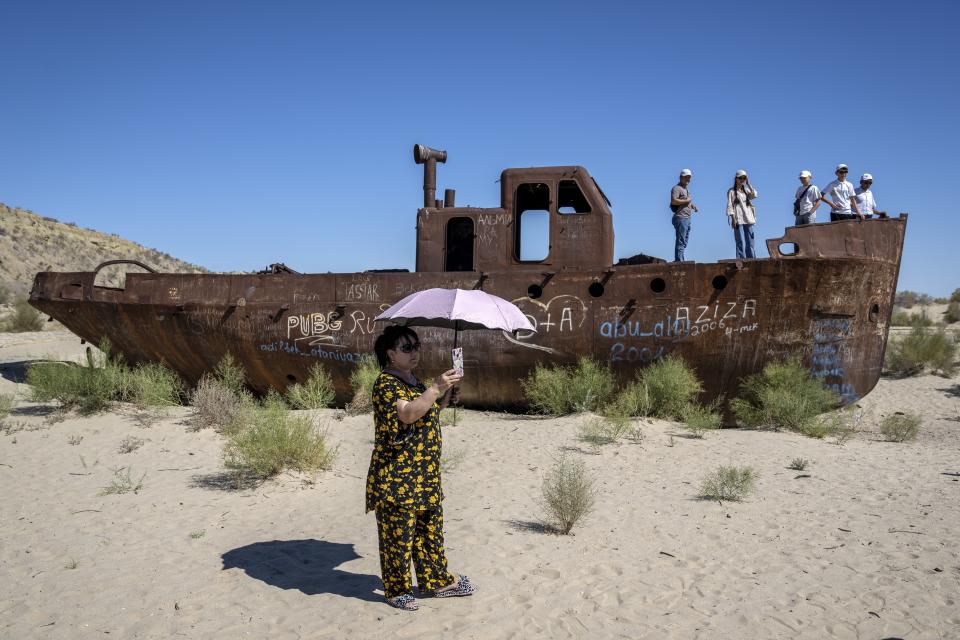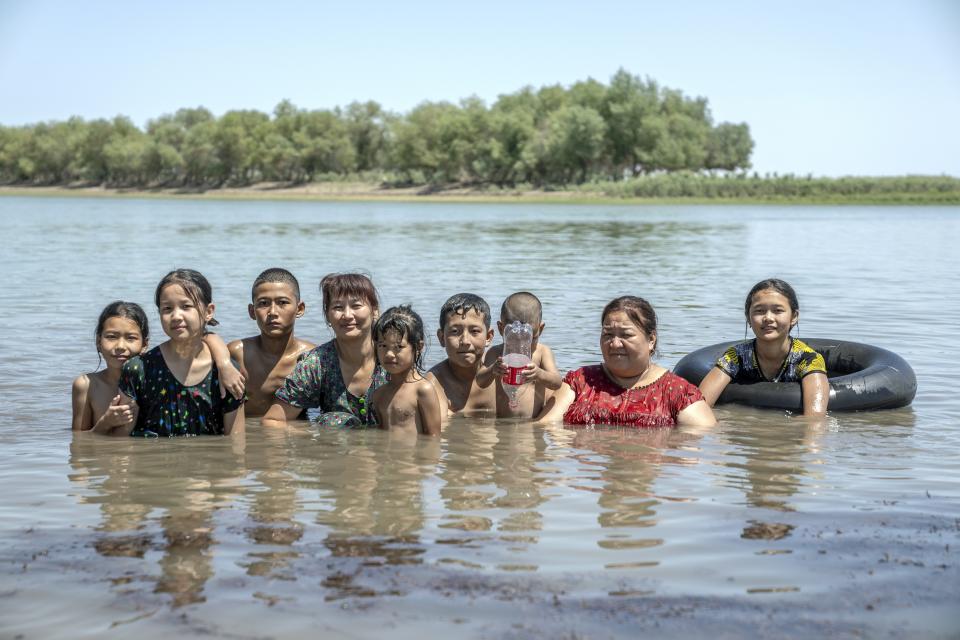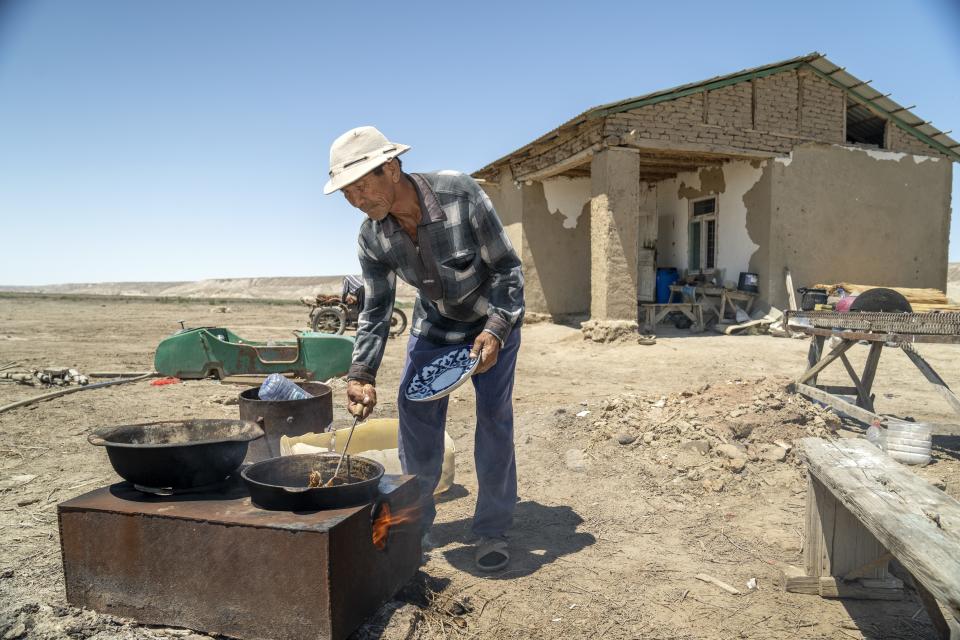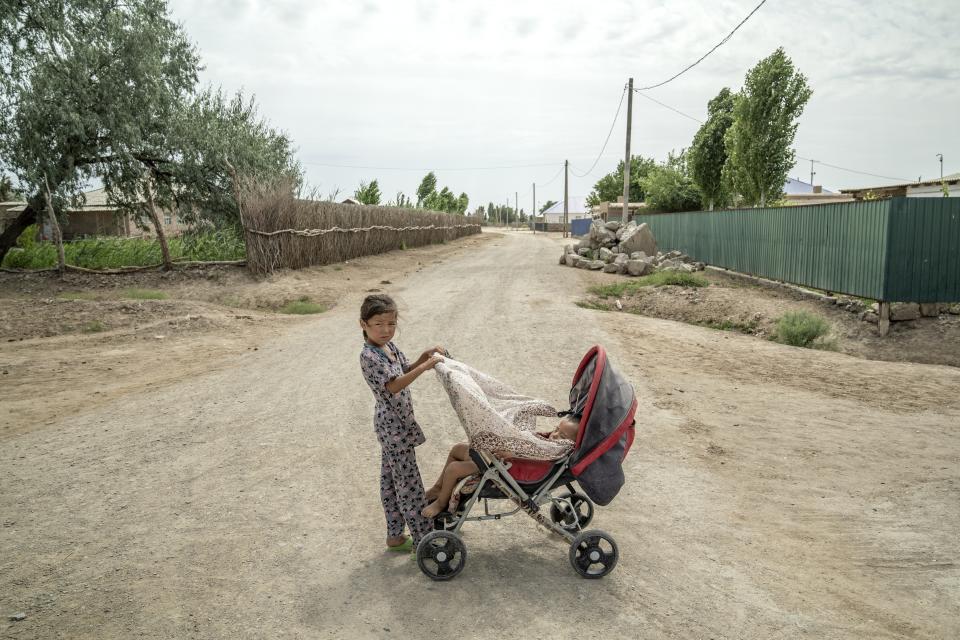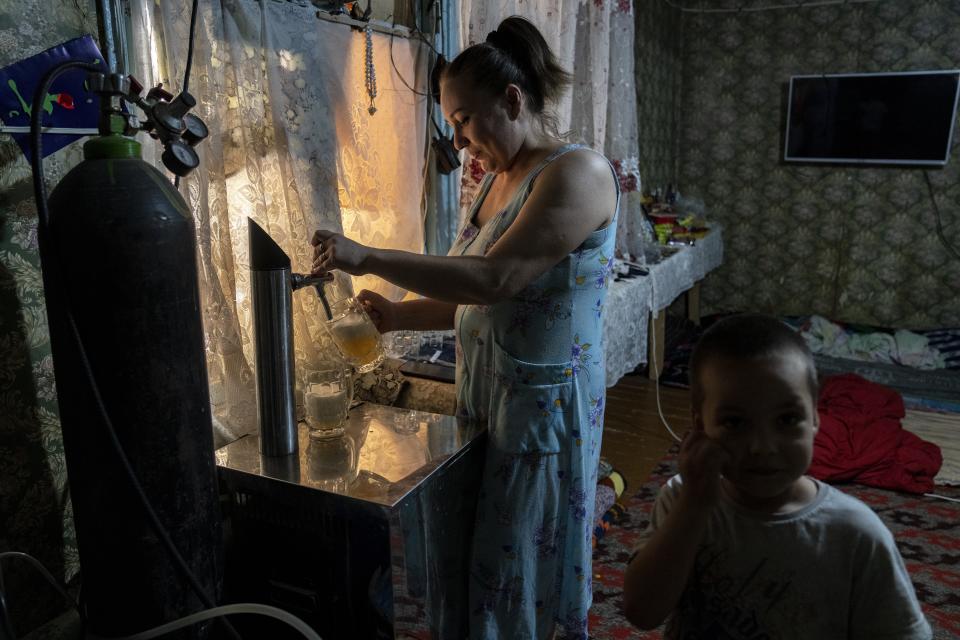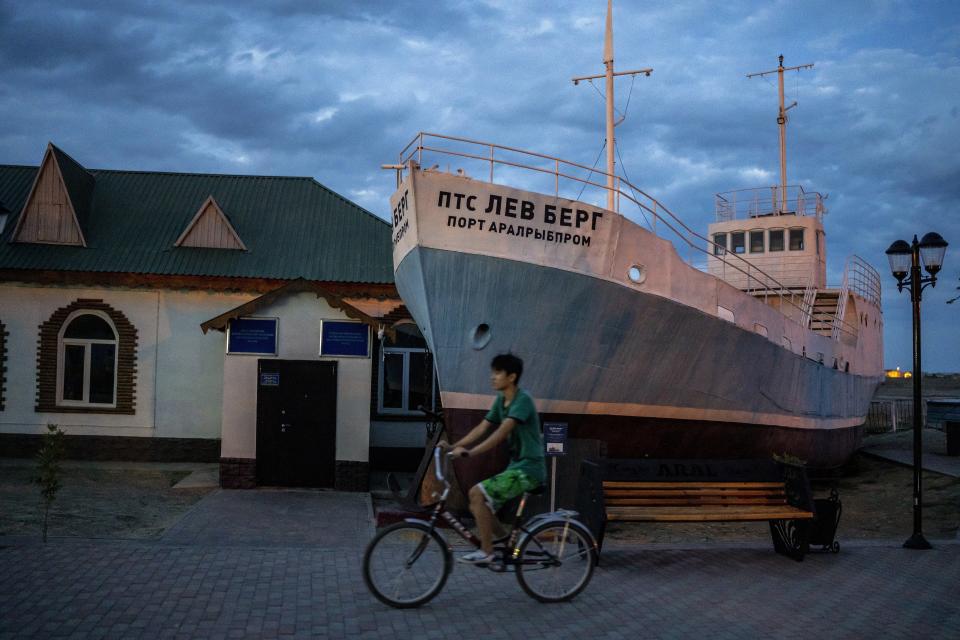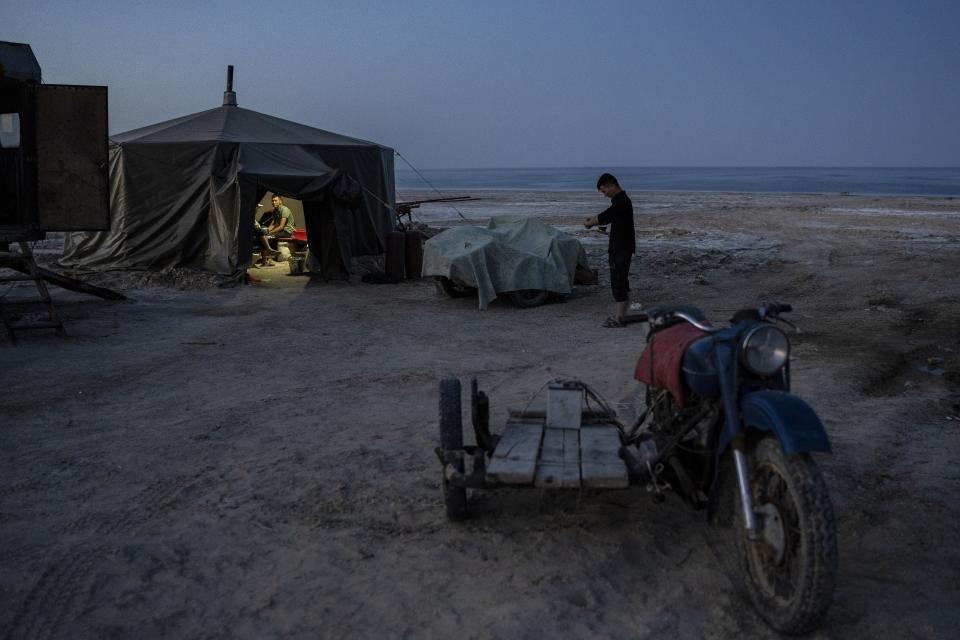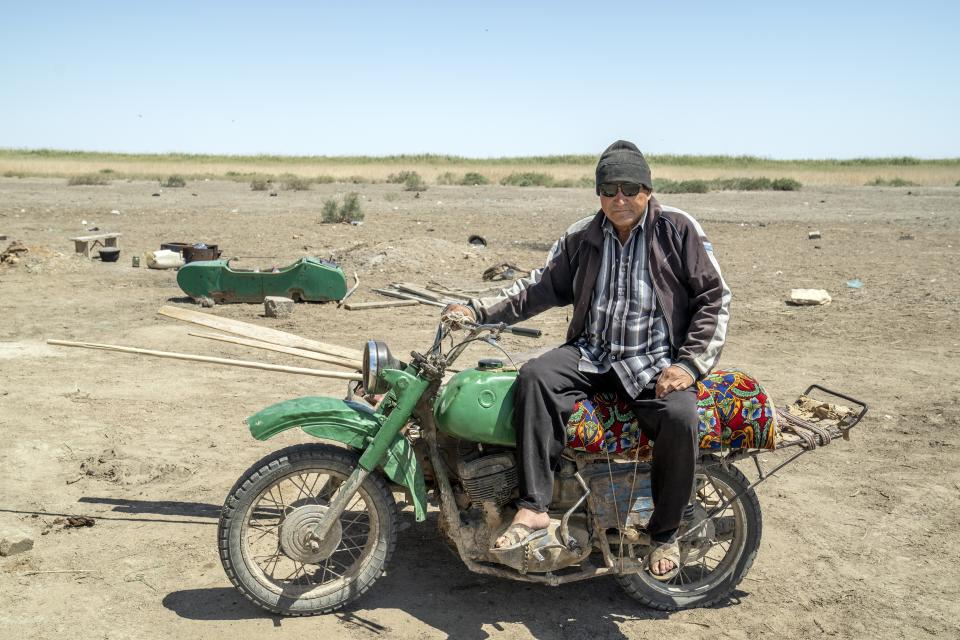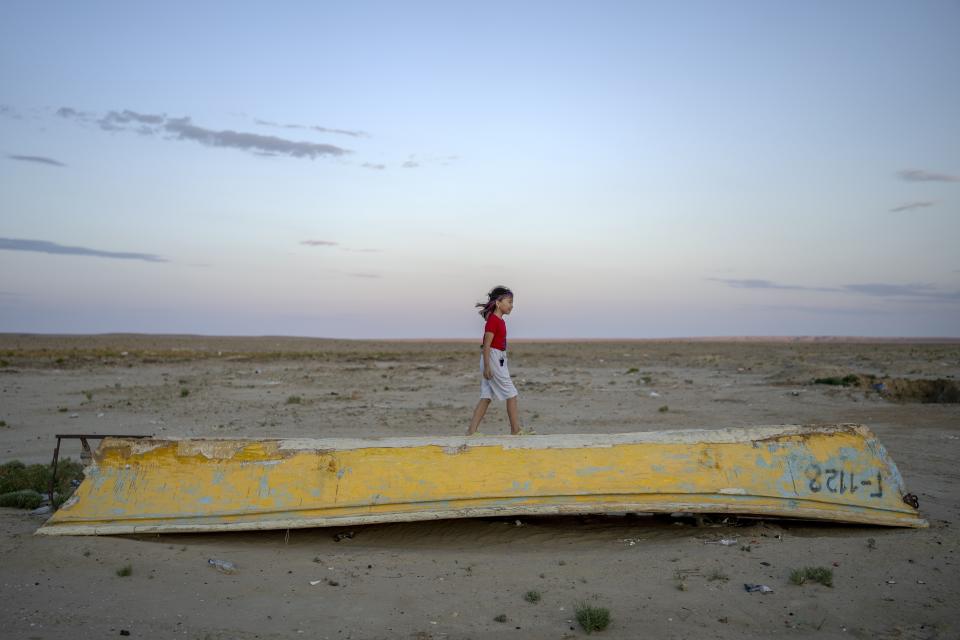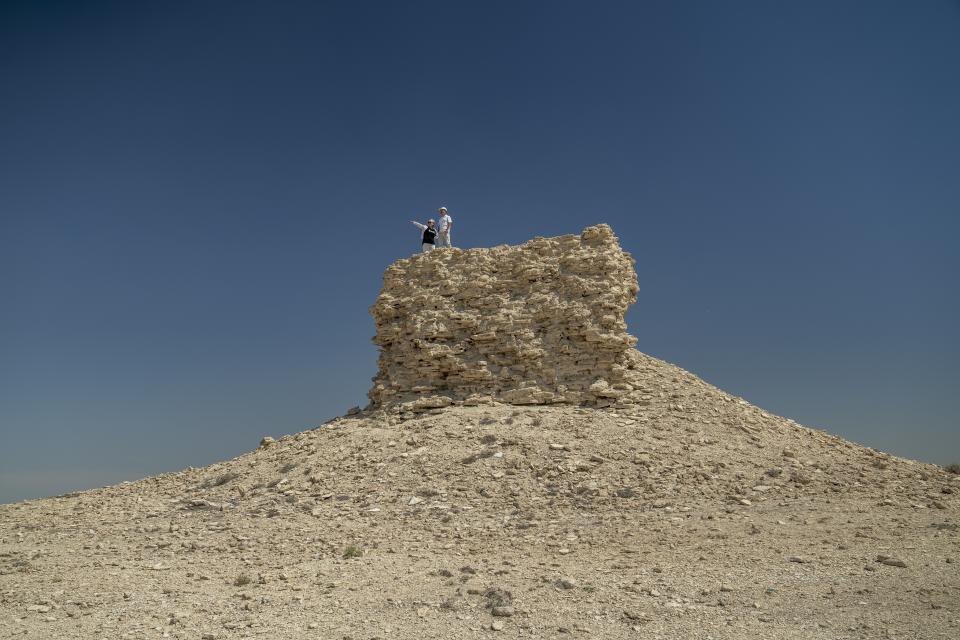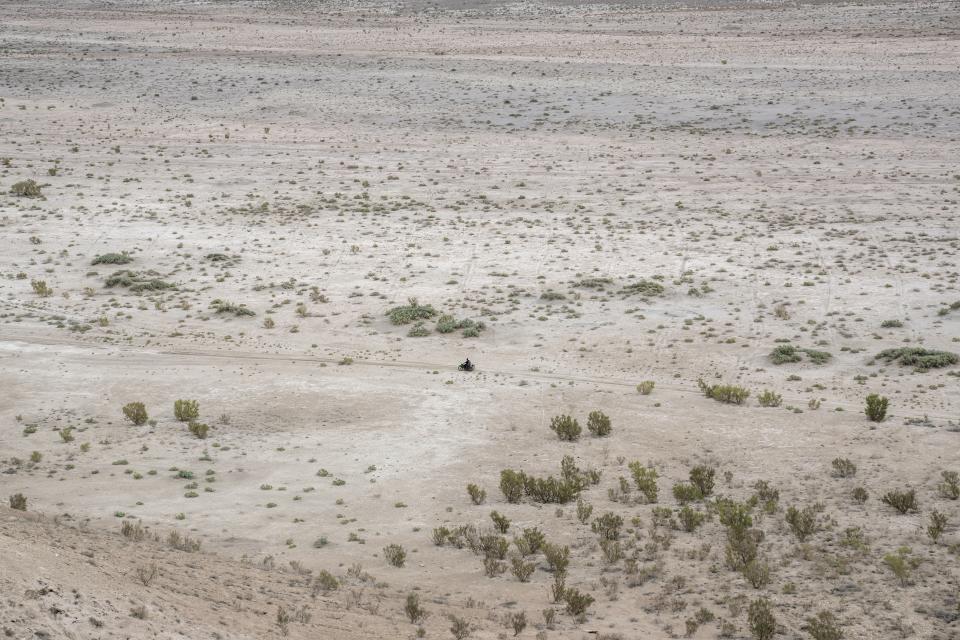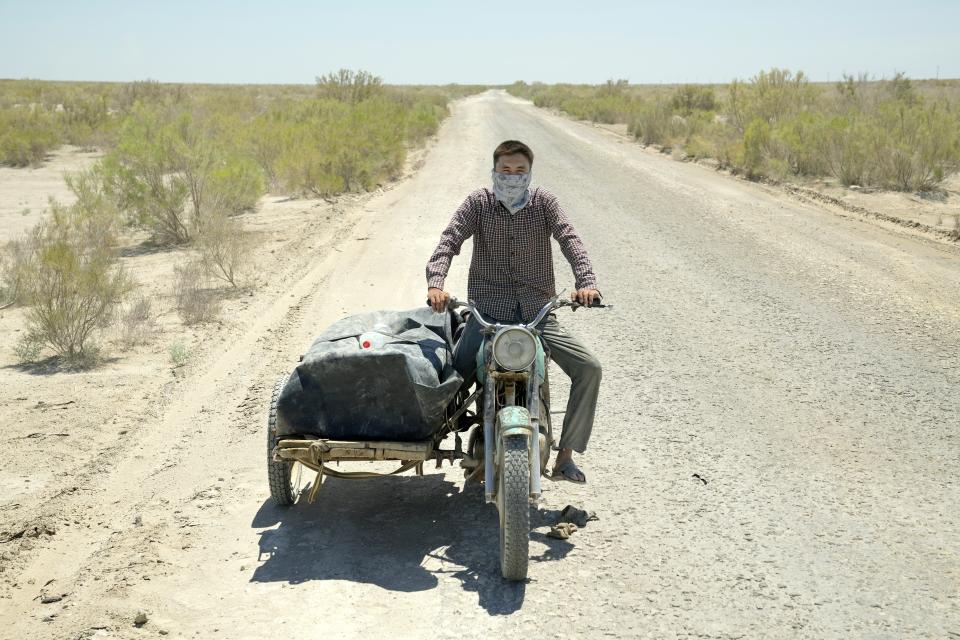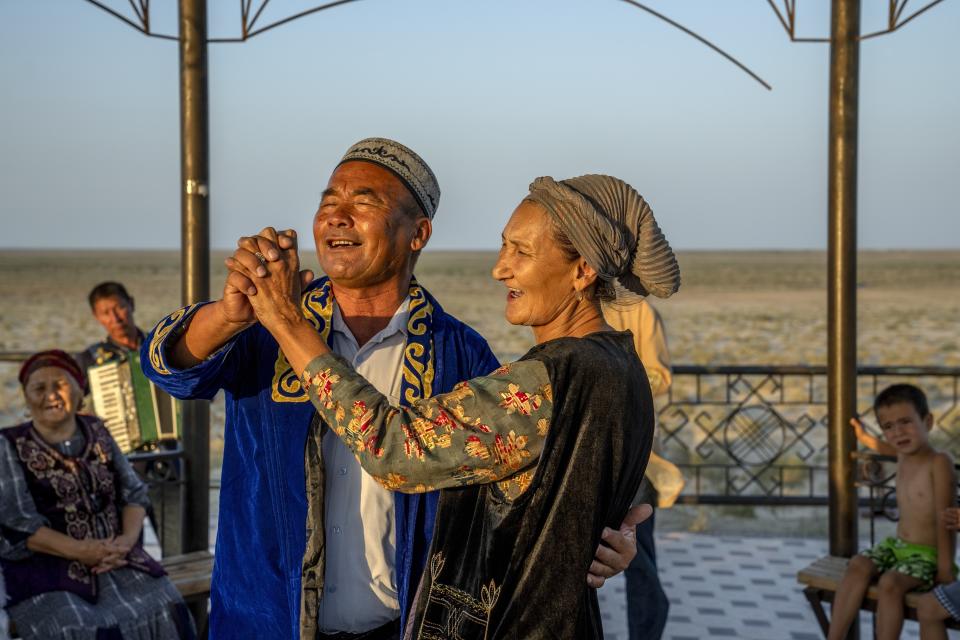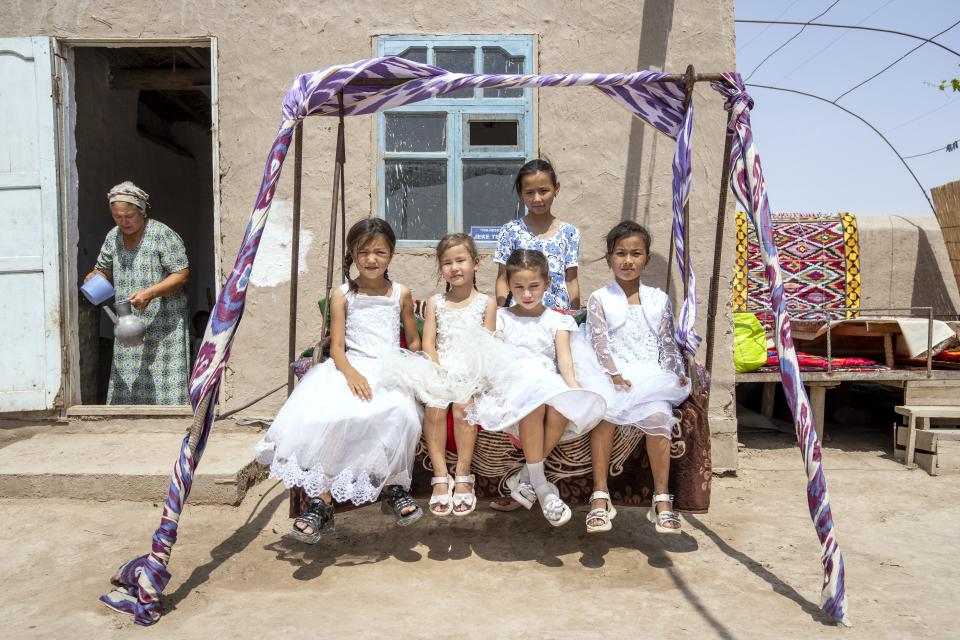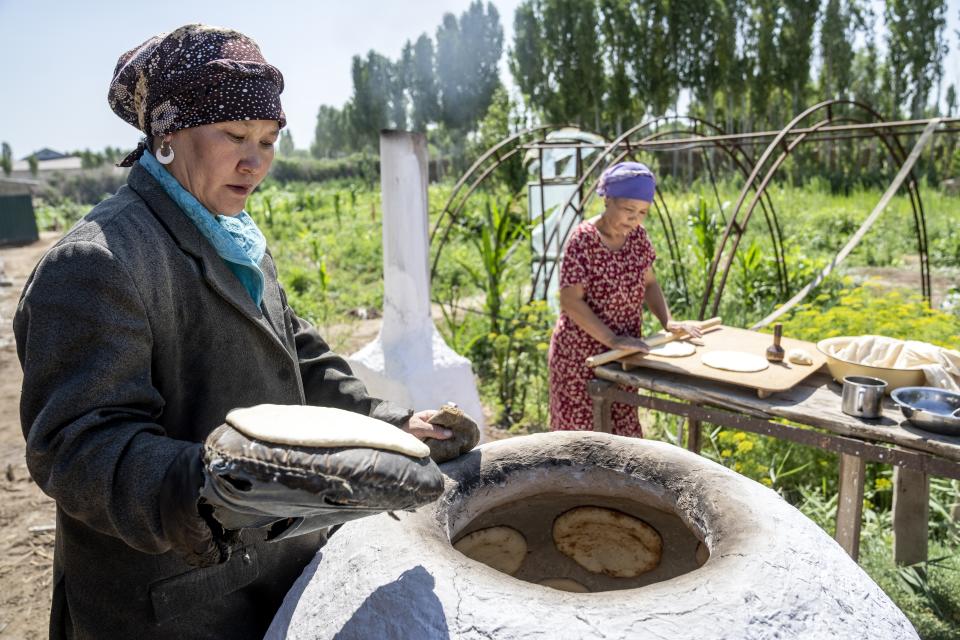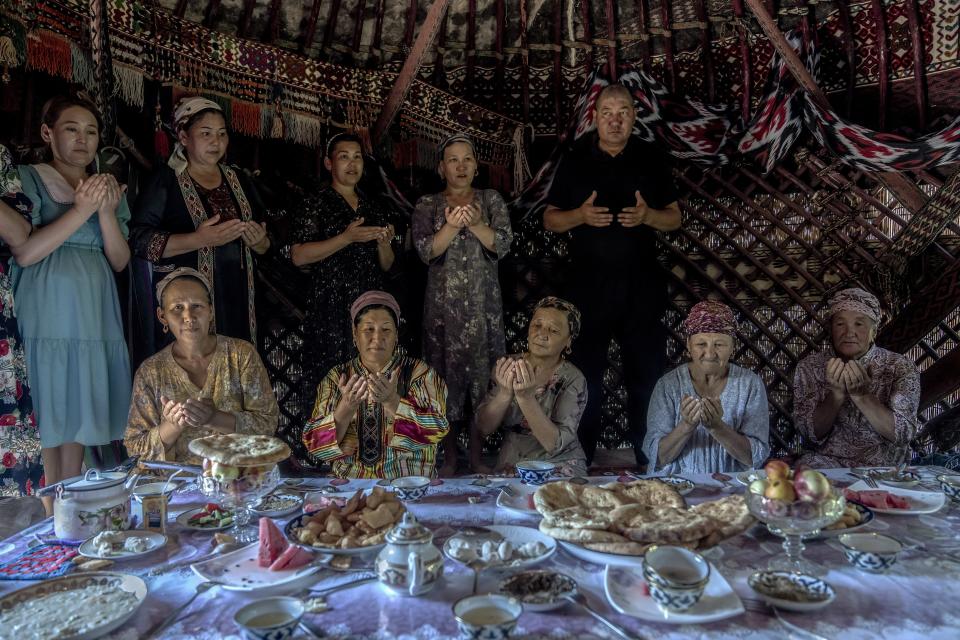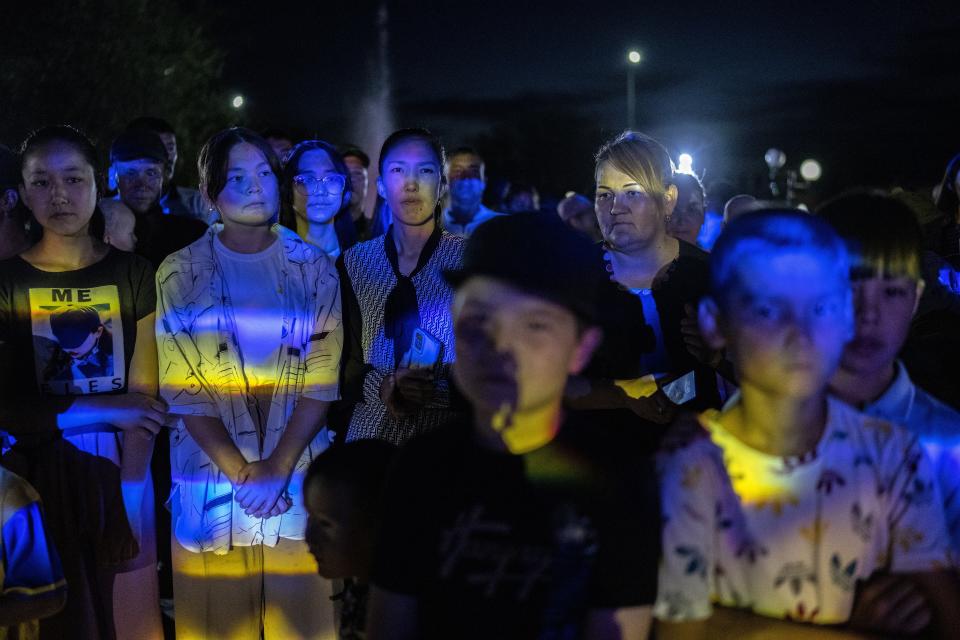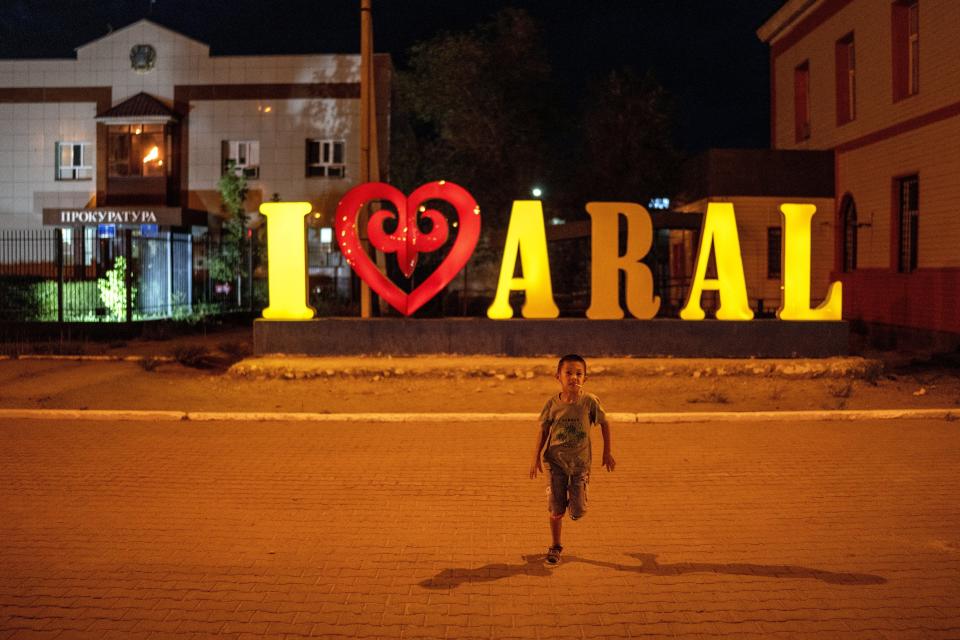The Aral Sea has all but disappeared. But in small towns and villages, signs of life are popping up
MUYNAK, Uzbekistan (AP) — Weddings, school dances, music festivals — in small pockets along the Aral Sea, there are signs of life.
The Aral has nearly disappeared, and the large communities it once sustained are simply no more.
But a scattering of small towns and villages remain. Some have as few as 10 people. And there, they say, there's still a bit of life beyond the sea.
New cafes, clothing stores and bodegas boasting imported snacks have popped up. Hand-painted Soviet-era billboards are being replaced by shiny metal signs with fresh paint.
Trains run around the clock, bringing returning residents and first-time visitors. They scribble their names into guestbooks at museums showcasing Aral artifacts.
Streets may be empty during hot, sunny days. But as the sun sets, they fill with children playing soccer, teenagers making videos for social media and old men playing cards. Techno music and the lights of carnival games flash through the night during local festivals.
Reminders of the once-mighty Aral linger. Old fishing nets and buoys rot in backyards. Rundown trucks with broken windshields become makeshift playgrounds for children. Sand-covered murals on buildings depict fishermen, boats and gulls on the sea.
Regular dust storms send people scrambling back into their homes. But when they pass, families return to gather as a community.
___
EDITORS’ NOTE: This is the fourth and final piece in an AP series on the once-massive Aral Sea, the lives of those who’ve lived and worked on its shores, and the effects of climate change and restoration efforts in the region. The AP visited both sides of the Aral, in Uzbekistan and Kazakhstan, to document the changing landscape.
___
Associated Press climate and environmental coverage receives support from several private foundations. See more about AP’s climate initiative here. The AP is solely responsible for all content.
